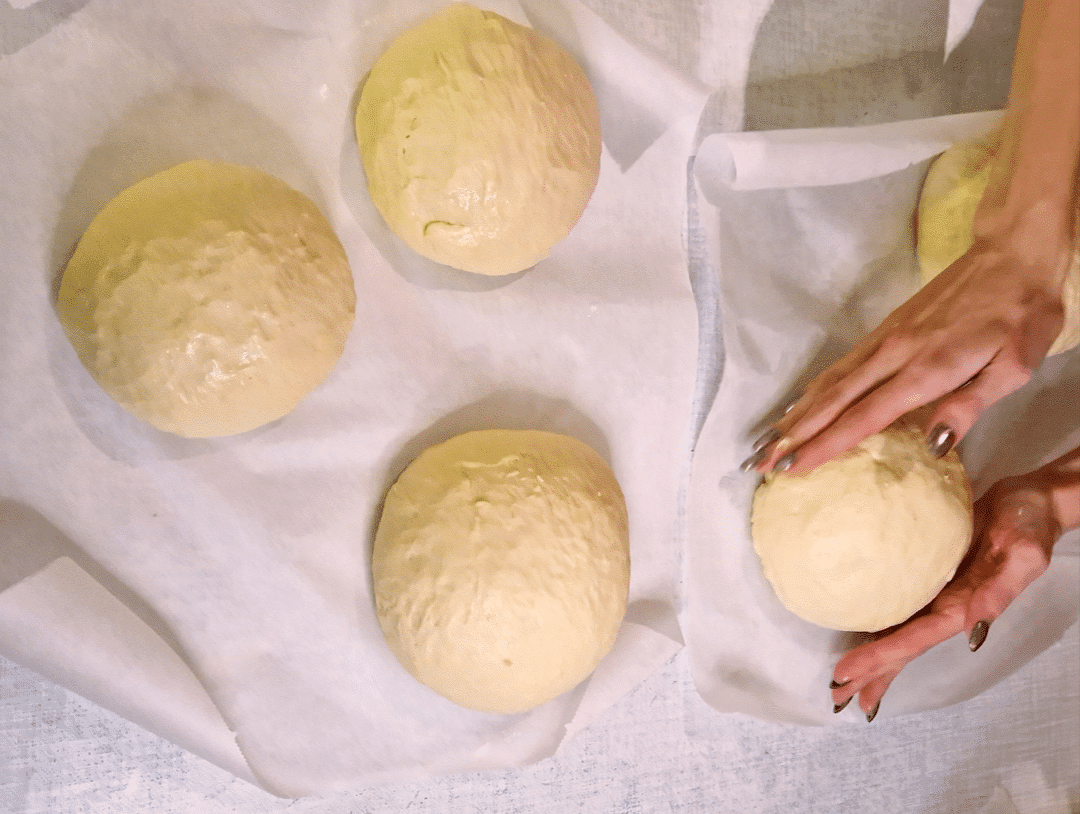I grew up in a suburb of Columbus, Ohio. Columbus is a typical American city with strong German roots. You can tell from the way the streets are laid out on a grid, the proliferation of breweries, and the quaint cobblestoned neighborhood that still bears the name “German Village.” My mother, from a small town two hours northwest of Columbus, also comes from mostly German stock. Her town of St. Henry was founded by our family patriarch Johann Heinrich Römer, and she can trace her origins back to Damme in Northwest Germany — we even spent a spring day there several years back searching the cemeteries for signs of our ancestors. My dad’s side is another story. As he often jokingly says, he’s more of a mutt. With some German, a bit of Scotch-Irish, Polish (which still carries its legacy in our last name), and a dash of Syrian, which usually sparks people’s intrigue, including my own. The latter is the stem of the family tree that I would say I feel the strongest connection to, for no other reason than one of the most powerful — food.
When I was a kid, we would drive back about once a year to Pennsylvania, where my father is from (just outside of Pittsburgh), to visit my dad’s relatives. Everyone would always end up congregating at my great Aunt Mary’s house. Aunt Mary was a character. She wore her thick dark brown hair blow dried and teased up into a soft dome pinned to either side of her face, complemented by a flowy caftan, house slippers, and a sweep of lipstick. She always owned at least one Great Dane when I knew her, and she had a penchant for gambling from time to time, even renewing her vows before an Elvis impersonator in Vegas. But what comes through the haze of my memories most is probably the smell of her house. An avid smoker, the acrid odor of cigarettes would mix with the heavenly scent of food, Syrian food.

Spread out across the kitchen counters would be sheets of raw kibbeh, stuffed grape leaves, large pots filled with what we called “rice and tomatoes” (an Americanized version of a Syrian dish I have not been able to locate), and the pièce de resistance, fresh Syrian bread. Aunt Mary learned these family recipes from her mother, who in turn, learned them from hers — Mary Alexander Jacobs, who immigrated to the States with her husband in the late 1800s from Syria, then a part of the Ottoman Empire. With the house full, we’d gather round the round table in the kitchen as Aunt Mary would recount colorful stories of her life, family lore, and the various goings on of family members.
As a kid, I was always stuck to the cushions of those chairs, preferring to sit and watch her spin her stories than play with my cousins. There was something enthralling about her presence and the world she beckoned us into. When she died, nothing was the same. Aunt Mary was the matriarch that held that side of the family together, the food as her glue. Yet today, we still try to recreate her signature dishes. When my dad’s side of the family gets together, we gather round the table again for rice and tomatoes and Syrian bread, and while both always hit the spot, we all lament with a whiff of bittersweet nostalgia that they will never be quite as good as Aunt Mary’s.
This article was published in issue 05 of Heal Magazine. Download our app now for the recipe










